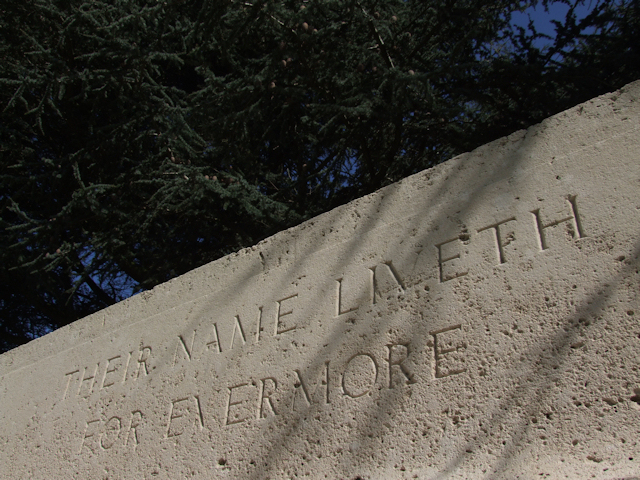Name
George Robert Ayles
Conflict
First World War
Date of Death / Age
Rank, Service Number & Service Details
358984
Royal Engineers
8th Foreway Company, Railway Operations Division
Awards: Service Medals/Honour Awards
Not Yet Researched
Cemetery/Memorial: Name/Reference/Country
Headstone Inscription
Not Researched
UK & Other Memorials
Biography
George Ayles was born at Bermondsey, south London in 1884. He married Elizabeth Ball at Bermondsey on 23rd April 1905. In the 1911 Census George and Elizabeth lived at 48 Marine Street, Bermondsey, and the family included a son and daughter. George worked as a Metal Repairer.
George attested with the 17th Battalion of the Middlesex Regiment on 20th February 1915. The 17th Middlesex had been formed in December 1914 as a “Pals” Battalion for Kitchener’s New Army. The core of the Battalion was made up of professional footballers and football supporters, and the 17th Battalion was nicknamed “The Footballer’s Battalion”. George was sent to France on 17th November 1915.
On 31st July 1916 as a result of a gun-shot wound in the right arm George was posted to the 225th Training Battalion, and returned to England. He was transferred to the 7th Battalion of the Middlesex Regiment on 30th November 1916, whilst still in England, and he returned to France on 8th January 1918. George was posted to the Royal Engineers on 27th February 1918, and remained with this branch of the services through to 17th February 1919, when he was demobilised to 44 Railway Terrace, Abbots Langley.
George was listed in the Absent Voter Records for Abbots Langley for Autumn 1918 and Spring 1919. It was from these records that he was initially identified by the “Back to the Front” Project, as he was not included in other Parish records. In the Absent Voter Records he was listed living at Railway Terrace, Abbots Langley and serving as a Pioneer with the 8th Foreway Company of the Royal Engineers. This unit was part of the Railway Operations Division, and worked with tramways and light railways. It was employed to link the normal, heavy railways to the light, narrow gauge railways which moved supplies to the areas just behind the front line trenches. These areas, and the rail-heads were often shelled and the work could be extremely dangerous.
George’s Service Record noted that he received a War Pension from 4th December 1924 to 26th January 1926 to compensate for disabilities caused by gun-shot wounds to his right arm and left chest.
George Ayles survived the War.
Additional Information
Formerly service numbers 17th Battalion Middlesex Regiment; 225th Training Battalion; 7th Battalion Middlesex Regiment; 4th Battalion Northamptonshire Regiment.
Acknowledgments
Roger Yapp - www.backtothefront.org



